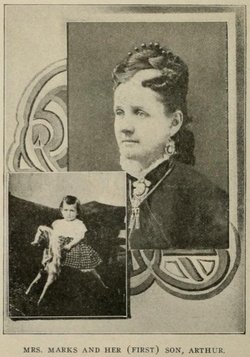Hundred Oaks was sold and was occupied by the Catholic Paulist Fathers throughout the first half of the 20th century. The Paulist Priests started a Catholic Church and school. After the church was destroyed by fire, the congregation relocated to nearby Decherd. The house was sold again and eventually placed on the National Register of Historic Places in 1975 and documented by the Historic American Buildings Survey in the mid-1980s, and is currently maintained by the non-profit Kent Bramlett Foundation.
Hundred Oaks was sold and was occupied by the Catholic Paulist Fathers throughout the first half of the 20th century. The Paulist Priests started a Catholic Church and school. After the church was destroyed by fire, the congregation relocated to nearby Decherd. The house was sold again and eventually placed on the National Register of Historic Places in 1975 and documented by the Historic American Buildings Survey in the mid-1980s, and is currently maintained by the non-profit Kent Bramlett Foundation.
Family Members
Advertisement
Records on Ancestry
Advertisement










